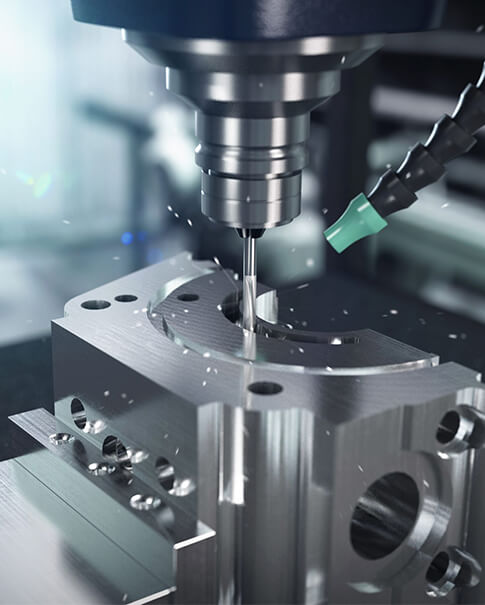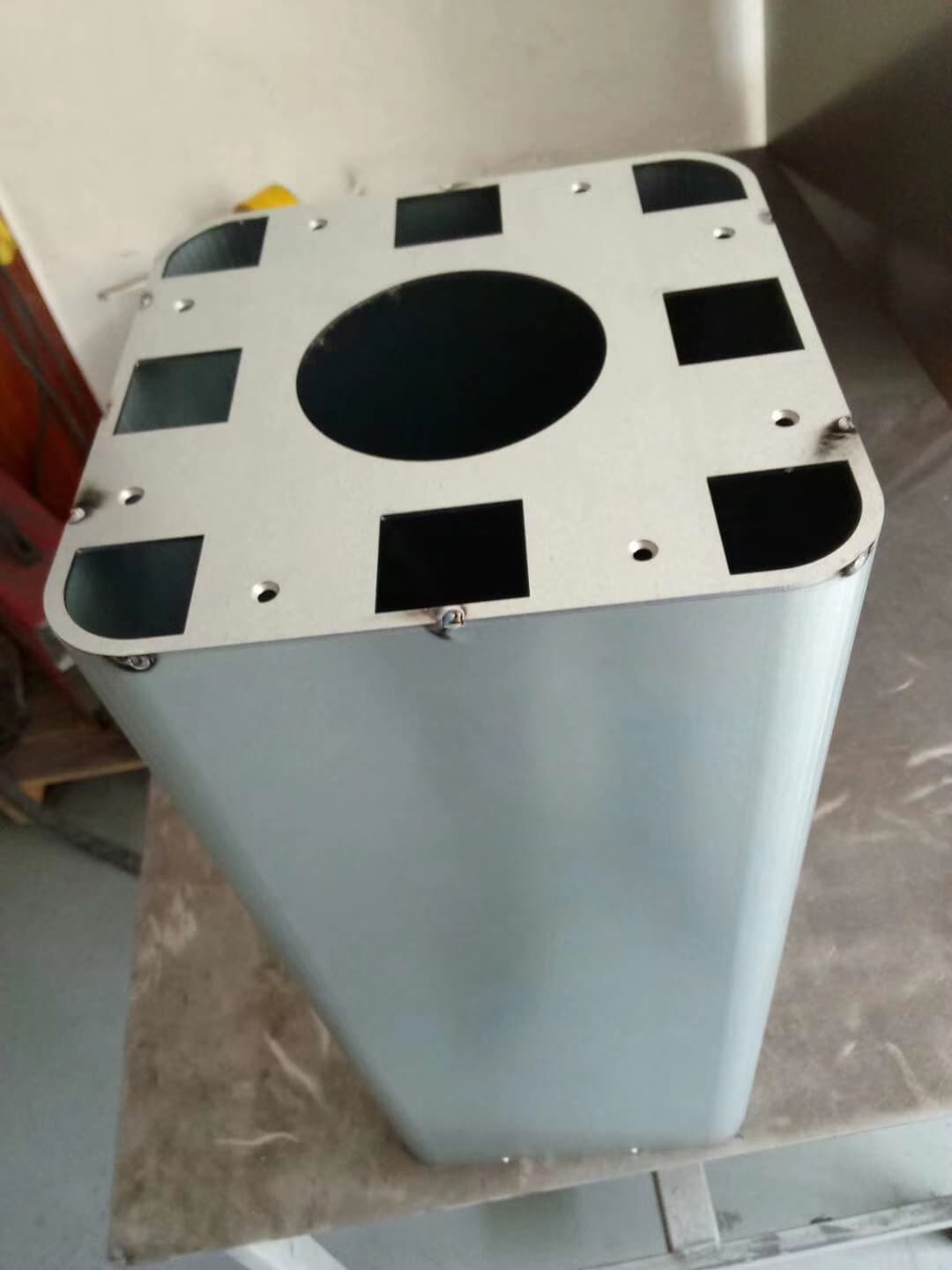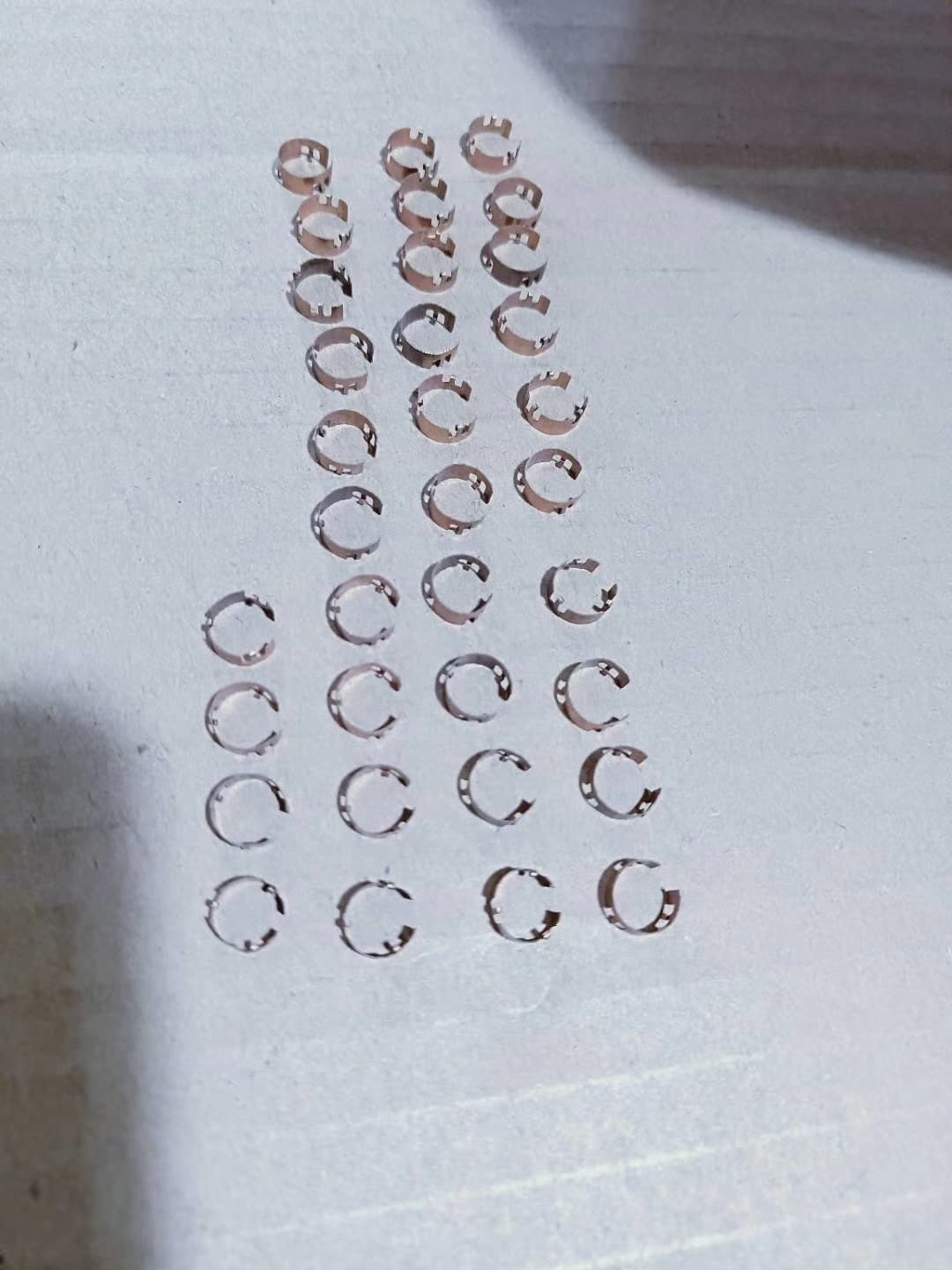
Sheet metal fabrication is one of the most important manufacturing processes in modern industries, widely used in automotive, aerospace, home appliances, and machinery sectors. Sheet metal parts are typically formed from metal sheets through processes such as cutting, bending, stamping, and welding. Due to its excellent malleability, strength, and durability, sheet metal is extensively applied in many fields.
This article provides an in-depth exploration of sheet metal fabrication, including processing techniques, material selection, equipment requirements, and application fields. The goal is to help you better understand the entire sheet metal fabrication process and improve your technical expertise in this area.
Sheet metal fabrication involves various processes, with the most common ones being cutting, bending, stamping, welding, and surface treatment. Each of these processes plays a critical role in shaping and producing high-quality sheet metal parts.
Cutting is one of the fundamental processes in sheet metal fabrication. Common cutting methods include:
Bending is used to shape metal sheets at predetermined angles. The bending process typically uses a press brake machine, and can include:
During bending, precise calculation of the bending angle and material springback is essential to avoid over or under bending.
Stamping involves using molds to shape metal sheets. It is commonly used for mass production of identical sheet metal parts and includes:
Welding is a process where two or more metal parts are joined together to form a single unit. Common welding methods in sheet metal fabrication include:
After fabrication, sheet metal parts typically undergo surface treatment to enhance corrosion resistance, appearance, and lifespan. Common surface treatments include:

The choice of materials is crucial in sheet metal fabrication, affecting both the processing and performance of the final product. Common sheet metal materials include steel, aluminum, copper, and stainless steel. Material selection should be based on the following factors:
The strength of the material directly impacts the durability of the finished product. For parts that must endure heavy loads, high-strength materials such as high-strength steel or aluminum alloys are ideal.
For sheet metal parts used in harsh environments, such as external devices or machine enclosures, strong corrosion resistance is often required. Stainless steel or coated steel is commonly used for such applications.
Workability refers to how easily the material can be processed through cutting, bending, welding, and other operations. Generally, low-carbon steel and aluminum alloys offer good workability.
Material cost is also a significant factor when selecting sheet metal materials. Since sheet metal parts are often produced in large quantities, it's important to choose materials that provide good performance at a reasonable cost.
Sheet metal fabrication is widely used across various industries, particularly where parts need to withstand significant forces or be used for extended periods. Common application areas include:
Automotive manufacturing is a key area for sheet metal fabrication. Sheet metal parts are used extensively in car bodies, chassis, engine components, and more. Sheet metal fabrication enables complex part shapes and high precision and strength requirements.
Sheet metal is commonly used for enclosures and internal frames in electronic products, particularly in mobile phones, televisions, computers, and other devices. Sheet metal fabrication provides effective protection for internal circuitry while also offering heat dissipation.
In the home appliance industry, sheet metal is used to produce enclosures and structural parts for products like refrigerators, air conditioners, washing machines, and more. Sheet metal fabrication not only provides strength but also enhances appearance through surface treatments.
In aerospace, sheet metal plays a critical role, particularly in manufacturing aircraft bodies, engine components, and more. Due to the extreme operating conditions, material selection and machining precision are critical in aerospace sheet metal fabrication.
In machinery manufacturing, sheet metal is used to produce components like machine enclosures, bases, and supports. Sheet metal fabrication helps reduce the weight of machinery while enhancing strength and stability.
Despite its widespread application, sheet metal fabrication faces several challenges in practice. Here are a few common issues and their solutions:
During bending or stamping, the material may deform, affecting the final part's precision. Solutions include:
The precision of sheet metal fabrication is critical, as even small errors can impact assembly and functionality. Using high-precision equipment, calculating machining parameters accurately, and conducting stringent quality checks post-processing can improve precision.
Welding of sheet metal parts can result in defects such as porosity or cracks. To avoid these issues: